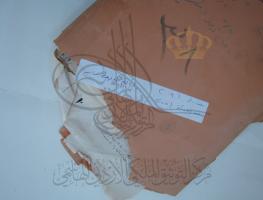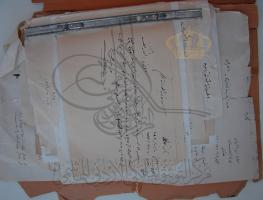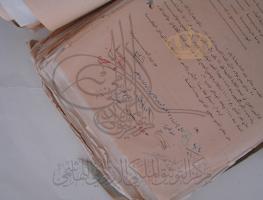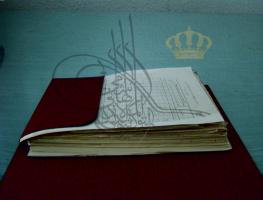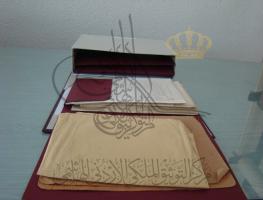Karak Secondary School
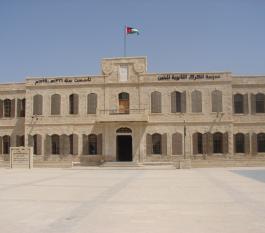 Karak Secondary School was established in 1889 AD, being the only school in the southern region with 130 students in primary grades and 30 students in the Rashidiya grades (higher primary grades).
Karak Secondary School was established in 1889 AD, being the only school in the southern region with 130 students in primary grades and 30 students in the Rashidiya grades (higher primary grades).
Karak Secondary School constitutes a prominent milestone in the development of education in Jordan generally, and in Karak specifically. This school has been a starting point for intellectual, political, and union leaders. It has been and continues to be a source nurturing the state with figures who have contributed to its modern renaissance. The school was built by the sons of Karak after donation campaigns in which nearby villages and towns participated, according to the school’s archive. Until the middle of the last century, the school graduated students up to the second secondary grade, after which graduates would move to Salt Secondary School (the University of Jordan at that time).
Karak Secondary School has produced a group of the nation's leading figures, including former Prime Minister Abdul Salam Al-Majali, late Prime Minister Bahjat Talhouni, former Chief of the Royal Court and Deputy Prime Minister Ahmad Al-Tarawneh, former General Supervisor of the Muslim Brotherhood Abdul Majid Al-Zunaybat, and the Communist Party leader Ya’qub Ziadine.
Other notable alumni include former Army Chief Marshal Habis Al-Majali, writer and poet Ya’qub Al-Oudat, father of Jordanian song Tawfiq Al-Nimri, and other national figures such as Ali Al-Sahimat, Abdul Dawoodiya, Mohammad Bajes Al-Hadid, Nabih Arsheedat, Tareq Al-Sharayeh, Shawkat Al-Saboul, and Jamil Al-Baqa'een.
Restoration and Archiving Project of Karak Secondary School Documents
Following the Royal directives and the commissioning of His Royal Highness Prince Ali bin Naif, Chairman of the Board of Trustees of the Royal Jordanian Hashemite Documentation Center, the Center carried out a project to preserve the documents of Karak Secondary School. A memorandum of understanding was signed between the Royal Jordanian Hashemite Documentation Center and the Ministry of Education at Karak Secondary School. Approximately 4,334 documents were restored and archived. The document treatment plan at the school included the following:
1. Conducting inventories for document holders.
2. Sorting documents and photos to determine required work stages.
3. Performing manual and mechanical cleaning and sterilization of the documents.
4. Carrying out manual restoration of the documents.
5. Conducting thermal reinforcement of the documents.
6. Digitizing documents and photos.
7. Replacing old files with new ones, adding the center's logo.
8. Providing the school with new folders instead of the damaged ones.
9. Archiving documents and photos and electronically storing them.
The topics archived in the center's database include:
• Curricula.
• Semester marks.
• School certificates.
• Loan books.
• School building and electricity.
• Teachers.
• Health affairs in schools.
• Payments made to accountants.
• Instructions on completion and failure.
• Instructions and announcements from the Ministry of Education.
• Fuel and lighting.
• Exam questions.
• Internal instructions for schools.
• Government-funded education.
• School inspections.
• Instructions on success, completion, and failure.
• Telegraph, post, and telephone.
• Building repairs register.

